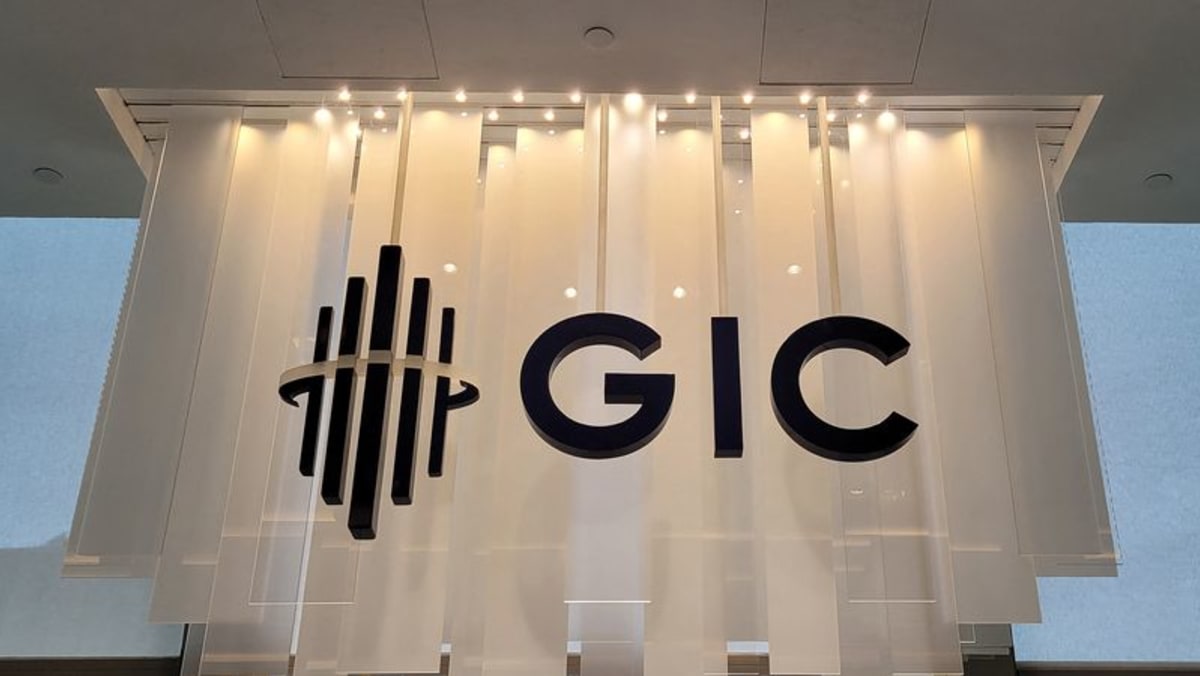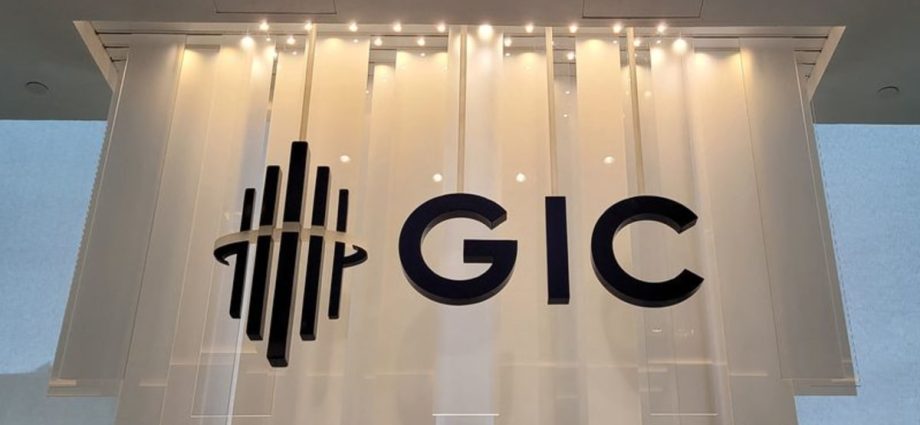
Apart from sticky inflation and chronic geopolitical risks, GIC sees disruptions to businesses arising from the shift to a regime of higher interest rates, along with the emergence of generative artificial intelligence (AI).
Asked what that would mean for future returns, Mr Lim said: “We have been warning about lower returns over time.
“Even for the 20-year number, it’s hard to foretell what that number is (year to year). But generally, the investment environment is uncertain … so I think it is better to assume that the return prospects are challenging.”
INFRASTRUCTURE OPPORTUNITIES
GIC said investments into infrastructure would provide opportunities for “inflation-protected returns” and was one way to navigate the uncertain environment.
This is because several aspects of infrastructure, such as rental income, are “inflation-linked”, said GIC’s group chief investment officer Jeffrey Jaensubhakij. Infrastructure is also tied to essential services such as utilities, which remain much needed even in an economic downturn.
“So that stability is actually quite valuable, as we go into an uncertain environment,” he said.
In particular, GIC is “focused on businesses which generate stable, predictable and often times have inflation-linked cash flows across macroeconomic cycles”, said Mr Ang Eng Seng, chief investment officer for infrastructure.
This generally includes businesses that are regulated, have long-term offtake contracts or are in segments with high barriers to entry, he added.
Opportunities in infrastructure are “large and growing” due to factors such as energy transition and the digitalisation of the economy. These two trends have led to the need for new infrastructure like fibre networks, data centres as well as green power generation and storage, Mr Ang said.
GIC has increased the size of its infrastructure portfolio by five times since 2016, with an annual deployment pace of US$10 billion (S$13.3 billion) to US$20 billion in new commitments a year. These investments are highly diversified and spread across six continents, according to Mr Ang.
This ramp-up in infrastructure investments could be seen in the increased composition of real estate in GIC’s portfolio, which went up to 13 per cent from 10 per cent.
Elsewhere, allocations to emerging market equities inched up by one percentage point to 17 per cent, while that of developed market equities was cut by one percentage point to 13 per cent.
Nominal bonds and cash, which are generally seen as safer investments, still accounted for the biggest share of the portfolio at 34 per cent, although that marked a drop from 37 per cent a year ago.
Allocation to inflation-linked bonds and private equity remained unchanged at 6 per cent and 17 per cent, respectively.

